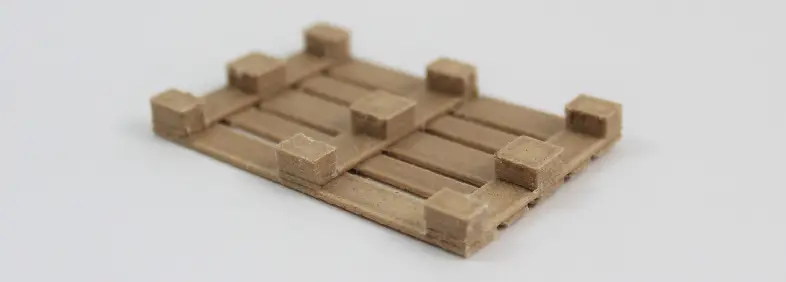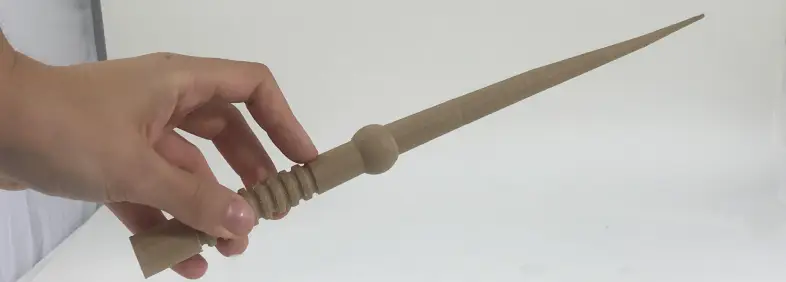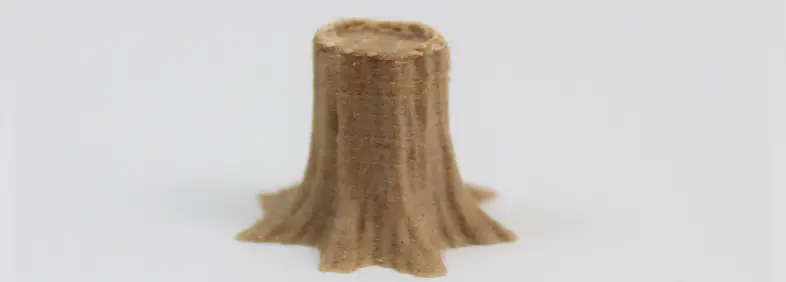Cart
3D Printing in Wood PLA
Wood PLA is a well-known material for its ability to mimic the look and texture of real wood. This blend of PLA with wood fibers is ideal for projects seeking a natural aesthetic finish, such as decoration, models, and artistic pieces. Being a PLA-based material, it allows post-processing, such as sanding, varnishing, or painting, to achieve pieces with a more authentic and personalized finish.
Although it is not as strong as other thermoplastics, its appearance and versatility make it an excellent choice for applications where design and aesthetics are more important than mechanical functionality or impact resistance.





